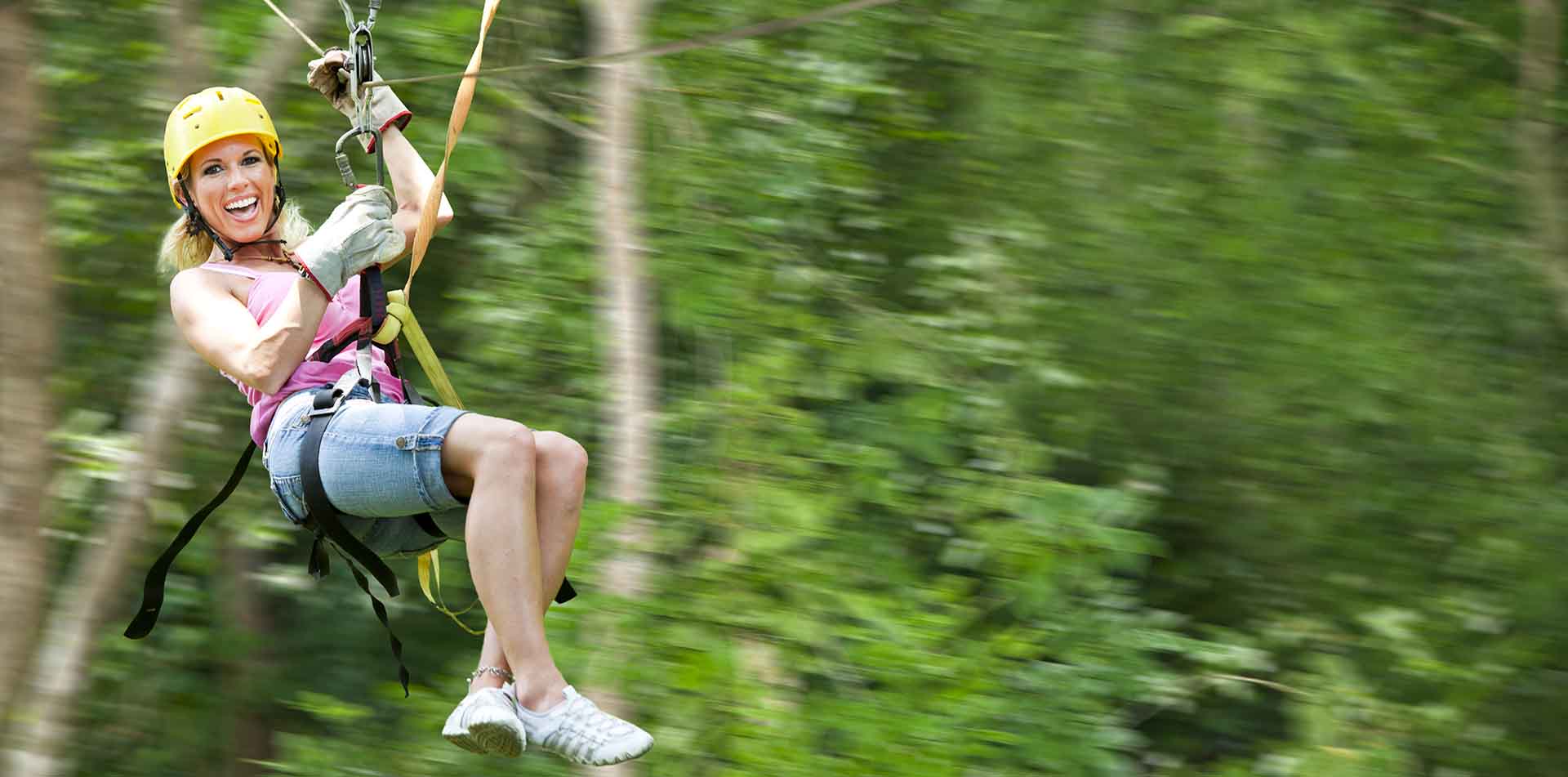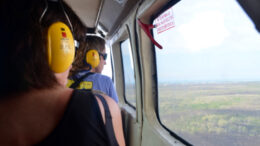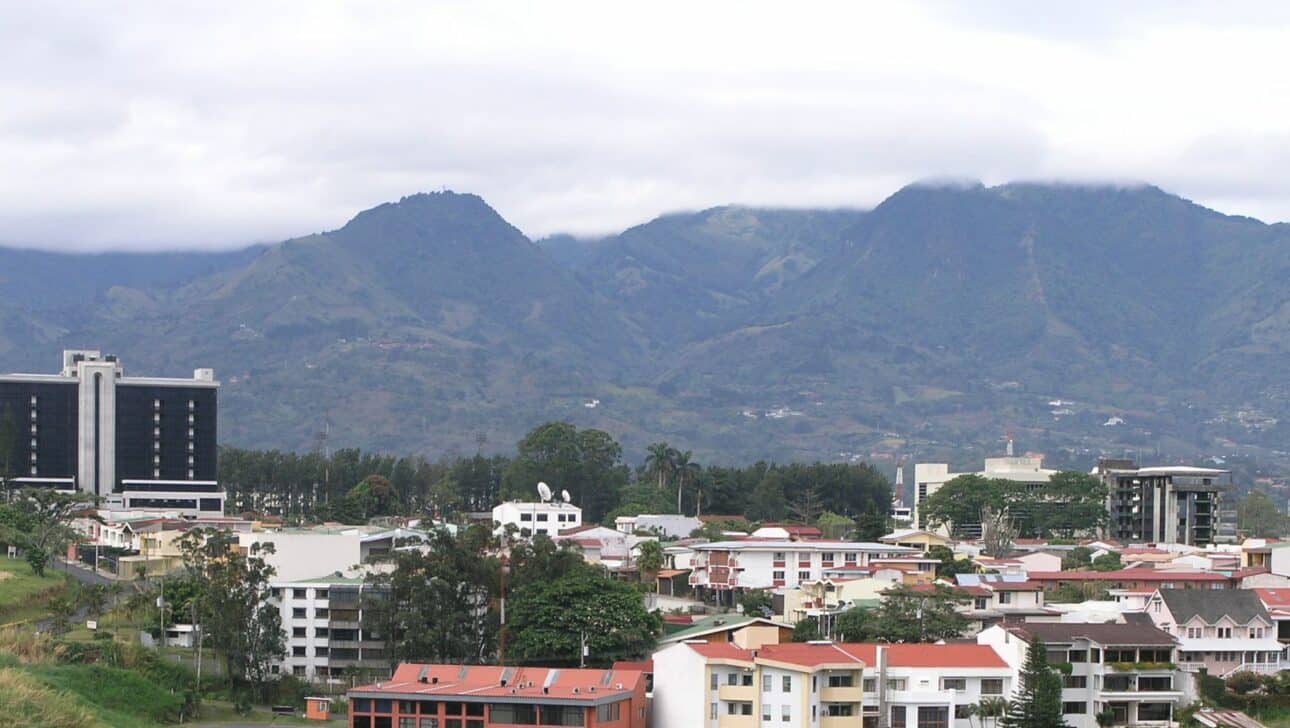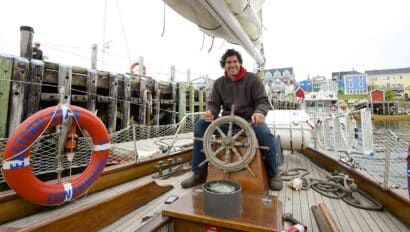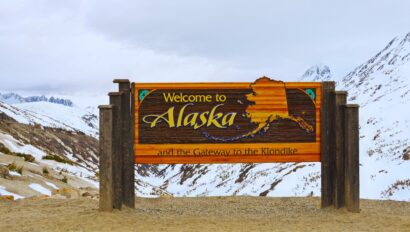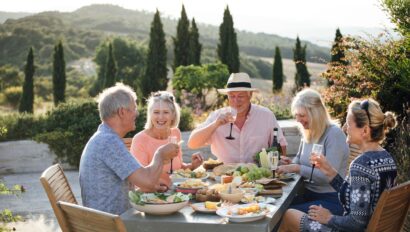So much more than just the typical entryway to Costa Rica, San Jose is a unique destination in its own right. We recommend spending a couple of days here at the beginning or end of your deeper Costa Rican explorations. Take advantage of buzzing nightlife, excellent coffee, intriguing museums, and can’t-miss day trips (we’re looking at you, Arenal Volcano).
Wander through historic buildings-turned-art galleries in Barrio Amón. Taste your way through the culinary neighborhood of Barrio Escalante. Shop at the farmers market and mingle with the locals as they relax in Parque La Sabana on a Sunday afternoon.
A convergence of places, faces, and colors, the city is the cultural gem of the Central Valley. Here are our suggestions for the top five things to do around San Jose, Costa Rica.
#1 Grab a Cup of Costa Rican Coffee to Jumpstart Your Day
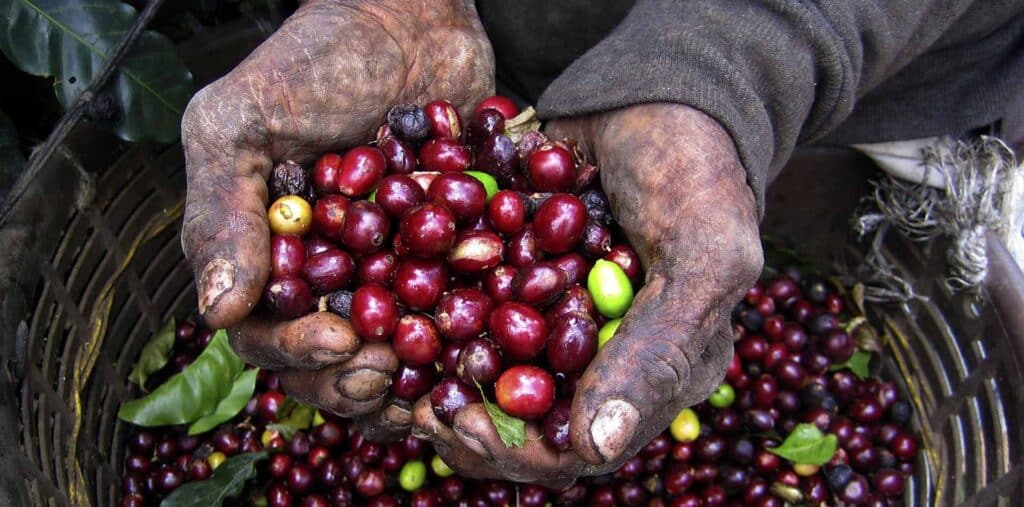
Perk up for your day around San Jose with a cup of Costa Rica’s finest coffee. There is no shortage of specialty coffee houses around the city, so we suggest you start here, then make your way to one of the coffee plantations nearby to visit the source of your preferred roast.
Experience Costa Rican coffee culture at the cozy Cafe del Barista, one of the city’s best independent coffee shops and known for its expert baristas. They’ll chat with you at length about the beans they roast right on the premises and the traditional brewing methods they use. Must-try drinks include their perfect cappuccino, made from the sun-dried Villa Sarchí micro-lot from the Herbazú farm in the Valle Occidental.
Now, it’s time to head to the source at a coffee plantation to learn about the gourmet coffee lifecycle from seedling to roasting. Delve into the characteristics of Costa Rica’s climate that make it so ideal for growing some of the world’s best coffee beans. Discover how different roasting techniques affect grain and flavor, and what it means to “break the cup.” Tomorrow’s morning joe will taste even better now that you’ve better appreciated the role coffee plays in Costa Rica’s economic and social development.
#2 Take a Trip to Arenal Volcano
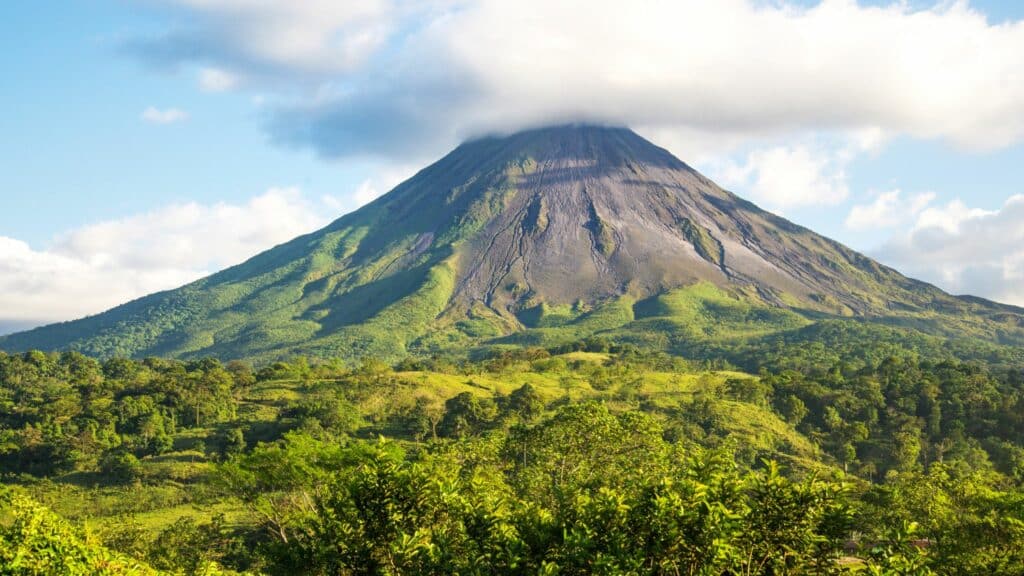
One really can’t visit San Jose without day-tripping to Arenal Volcano, just a short drive northwest of the city. Walk on the slopes of the scenic volcano and zipline through the jungle. Walk through the treetops on swaying bridges as your naturalist guide unveils the secrets of this awe-inspiring landscape. Later, soak in a volcano-heated pool. This is why you came to Costa Rica!
As you get closer to Arenal, you’ll get a head-on view of the lava flows that gushed out of the caldera during the most recent eruption, in 1968. Stand on frozen lava and take in your surroundings, noticing the distinct difference between the untouched forest and the area that was devastated by the volcano (but is slowly regrowing).
Venture into the canopy of lush old-growth tropical forest and marvel at just some of the 2,500 plant species, 300 orchid types, 200 fern varieties, monkeys, birdlife, and more. Go horseback riding, hiking, and biking. Rappel down a waterfall. Spot a sloth. There are endless ways to experience the Arenal Volcano.
#3 Relax at the La Paz Waterfall Gardens
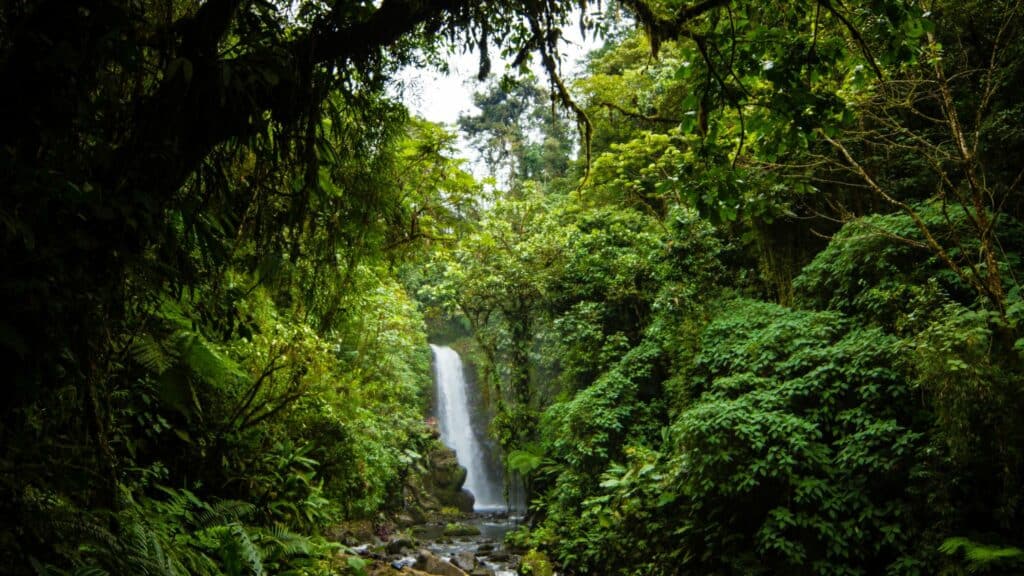
If you’re headed to Arenal Volcano, we recommend adding on a visit to the La Paz Waterfall Gardens, home to the most famous waterfalls in Costa Rica and an animal sanctuary with more than 100 species of wildlife.
Spend at least two hours in this microcosm of Costa Rica, walking two miles of trails to five scenic waterfalls. Then, get to know the wild cats, toucans, hummingbirds, butterflies, monkeys, and sloths of the country’s largest animal sanctuary. Have you ever visited a ranarium (frog garden) or a serpentarium? You can here, in this Eden-like setting. Can’t get enough wildlife? Visit nearby Poas Volcano National Park and Braulio Carrillo National Park for even more immersive nature experiences.
#4 Visit the National Theater of Costa Rica (Teatro Nacional)
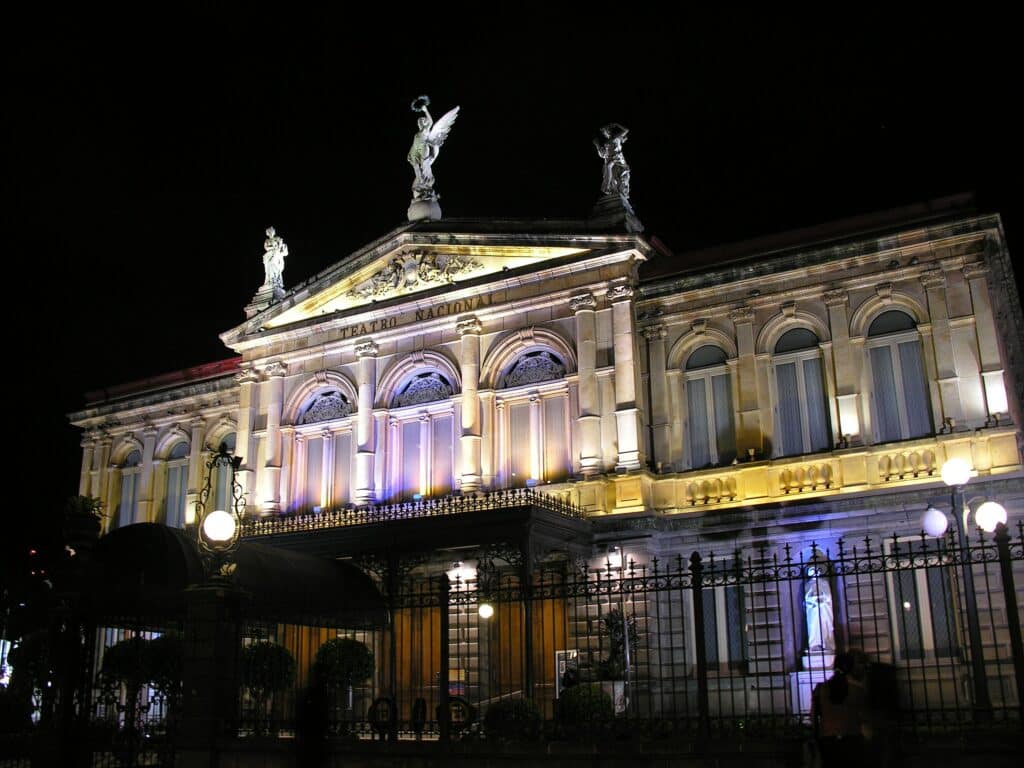
Back in town, don’t miss the highly regarded National Theater of Costa Rica, or Teatro Nacional. Notice the statues of the 17th-century Spanish dramatist Calderón de la Barca and Ludwig van Beethoven before venturing inside the revered, neoclassical building.
When the president of Costa Rica commissioned construction of the theater in the late 19th century, the country’s population was only around 20,000 residents. In order to cover costs for the lavish building President José Joaquín Rodríguez Zeledón envisioned, he placed a tax on the country’s main export at the time, which was – you guessed it – coffee.
Pay homage to the coffee industry inside the marble lobby and auditorium, where you’ll find Alegoría al café y el banano, a detailed painting that was actually produced in Italy, but hangs in the theater, representing local coffee and banana harvests. The imagery was so iconic that it was reproduced on the five colones paper bill for many years.
As impressive as the National Theater of Costa Rica’s architecture may be, the real stars of the show are the performances it hosts. Make your way through gilded hallways, beneath bronze light fixtures, and to the auditorium and its thick, velvet, golden curtains, feeling as if you’ve stepped a century back in time. Orchestras, operas, ballets, plays, classical concerts, Latin American musical events, and more light up the stage throughout the year. Take one of the hourly tours to learn more about the Teatro Nacional’s rich history and to visit the otherwise off-limits Smoking Room, a vision of famous artwork, ornate gold trim, and antique furnishings.
#5 Experience the History of Museo Nacional de Costa Rica
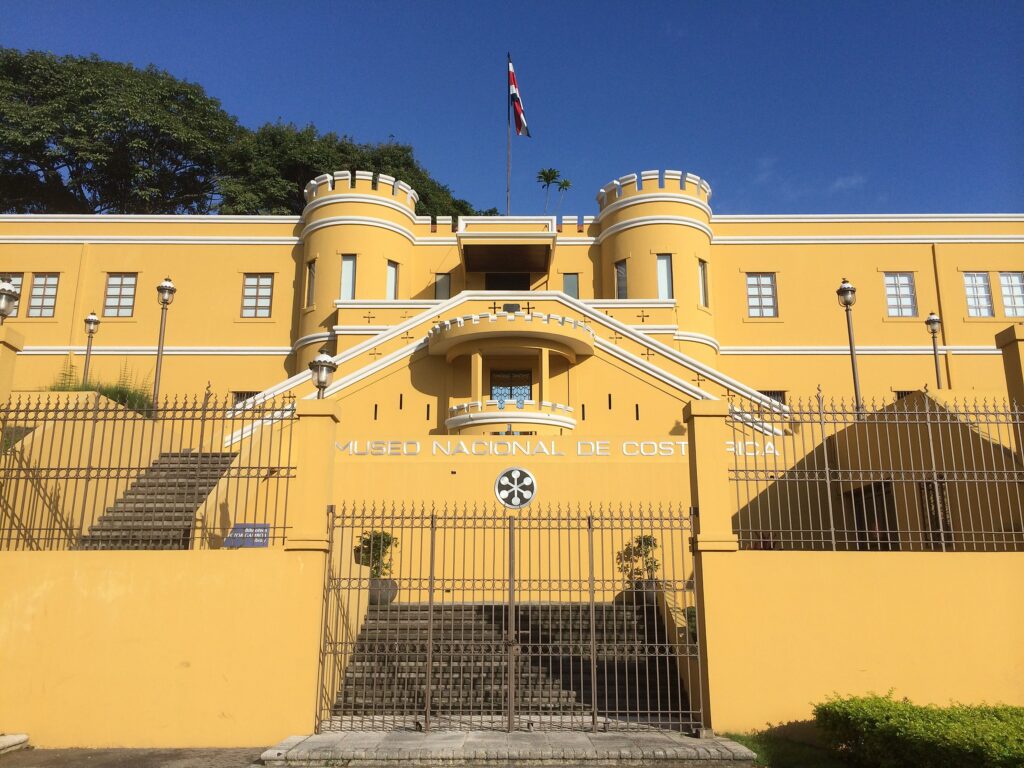
History buffs won’t want to miss the History of Museo Nacional de Costa Rica, which presides over the Plaza de la Democracia. Head inside to learn the story of Costa Rica from pre-Columbian times to present day. Marvel at art and artifacts, pottery, jade and gold pieces, musical instruments, and more. Check out recreated interiors with paintings and furnishings that reflect life in the colonial period and forward.
The museum is located in the Bellavista Fortress, built in 1917 and later used as a military barracks in the 1948 Costa Rica civil war. There are hundreds of bullet holes noticeable in the walls.
If you’re a museum connoisseur, complement your visit to the National Museum of Costa Rica with time at the Gold Museum, with one of the largest collections of pre-Columbian golf in all the Americas, and the Jade Museum, with more than 7,000 pieces of this precious gem.
Are you ready to immerse yourself in San Jose, Costa Rica, and the surrounding area with us on foot? Start planning your trip of a lifetime by contacting our Travel Experience Team.
